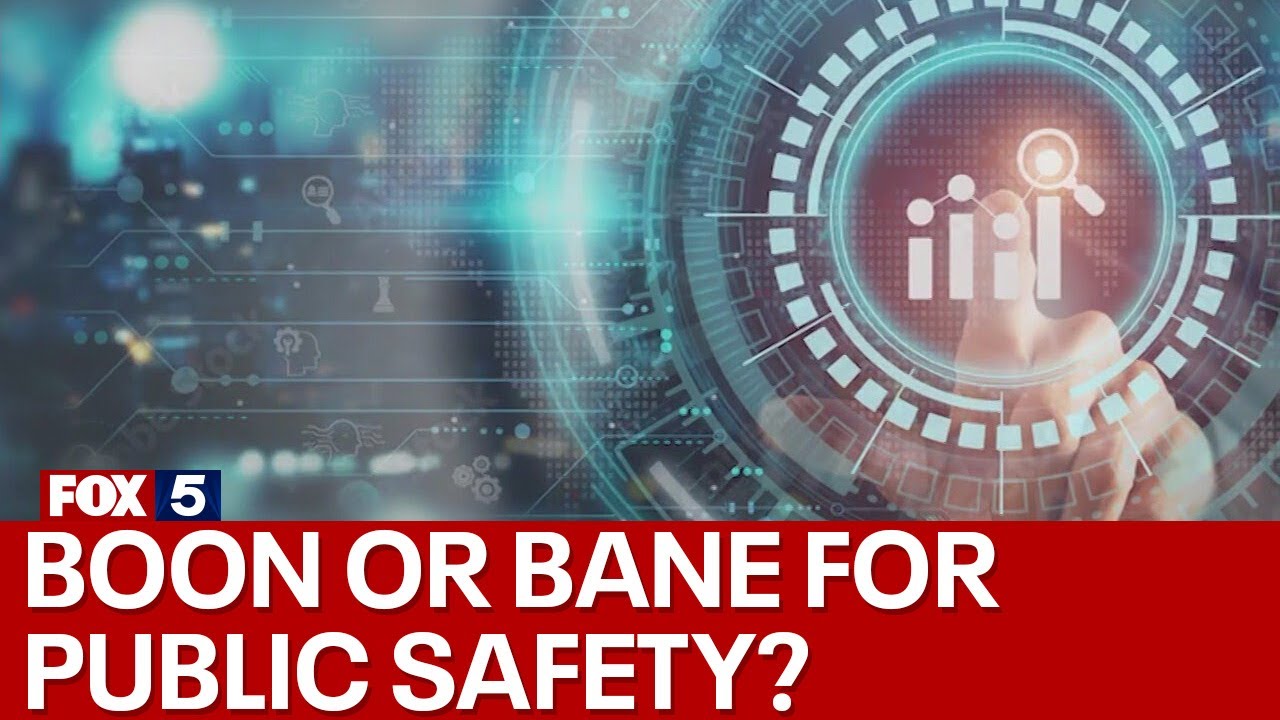
The utilization of Artificial Intelligence (AI) in the realm of public safety and law enforcement is on the rise, serving to augment various facets of emergency response and crime deterrence. AI’s ability to swiftly and accurately process vast quantities of data enables it to pinpoint areas with high risk, aid in criminal probes, and bolster the security of local communities. It also finds application in surveilling public spaces for indications of danger or chaos, thereby facilitating swift incident responses and contributing to maintaining community order and safety.
Moreover, AI proves instrumental in fortifying airport security, detecting links to extremist groups, and extracting immediate insights from extensive documents. Despite apprehensions regarding potential data misuse and privacy infringement, a majority of experts are convinced that responsible and ethical AI usage can substantially boost public safety. In this context, Assistive AI is perceived as a ‘force multiplier’ capable of analyzing data, identifying patterns, issuing warnings, and addressing staff shortages within public safety agencies.
While there are hurdles to overcome, the advantages offered by AI in enhancing public safety are gaining increasing recognition. There is an emerging consensus on the necessity to adopt these tools for improving emergency response measures and preventing crime.
Here are some principal applications of AI in the realm of public safety:
Applications of AI in Enhancing Public Safety:
-
Revealing Concealed Associations: AI has the capability to scrutinize extensive amounts of unstructured data to reveal concealed associations between individuals, which proves beneficial in investigations and thwarting criminal endeavors.
-
Protection of Public Personalities: Through threat monitoring and data analysis, AI can augment the protection of public personalities amidst rising risks.
-
Detecting Affiliations with Extremist Groups: AI aids in examining extremist content to detect narratives and affiliations linked to extremist groups, thereby improving situational awareness and security at government establishments.
-
Fortifying Airport Security: AI contributes towards evaluating passenger lists, behavior analysis, and risk identification at airports to bolster security protocols and ensure a seamless travel experience.
-
Exposing Immediate Insights from Large-Scale Documents: AI supports investigators by analyzing visual data to expose links between suspects and other individuals, aiding arrests and combating criminal actions.
-
Forecasting Policing: By analyzing large datasets swiftly and accurately, AI can predict high-risk areas, assist in criminal investigations, and enhance safety within local communities.
-
Facial Recognition Technology: Facial recognition technology powered by AI assists in identifying suspects, locating missing persons, and predicting potential threats; however it also raises issues regarding privacy infringement and misuse of data.
-
Intelligence Analysis for Law Enforcement: Platforms such as C3 AI Law Enforcement offer tools for analysts and investigators that allow them to consolidate, access, manage datasets efficiently for real-time investigative insights which aid law enforcement agencies in effectively combating crime.
-
Disaster Management Strategies: By predicting the trajectories of natural disasters like hurricanes or wildfires, AI enables more effective disaster response strategies.
-
Predicting Criminal Behavior: AI algorithms can continuously monitor activities across camera networks to assess behavior patterns and predict emerging suspicious or criminal activities, thereby aiding in crime prevention efforts.
These examples illustrate how AI is transforming public safety by offering valuable insights, enhancing security protocols, and improving response capabilities across various sectors.


